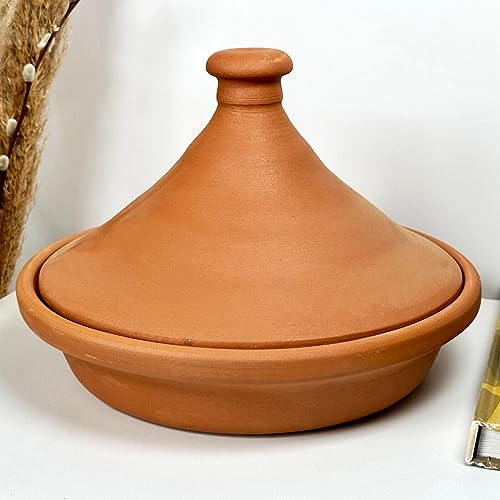The Origin of the Tagine Dish
The tagine dish is a traditional North African stew that takes its name from the conical earthenware pot it is cooked in. This iconic dish has a long history that can be traced back to ancient times. In this article, we will explore the origin of the tagine dish and how it has become a beloved staple in Moroccan and Algerian cuisine.
Ancient Origins
The origins of the tagine dish can be traced back to ancient Berber tribes. The Berbers were the indigenous people of North Africa and have a rich culinary heritage. They used earthenware pots to cook their food over an open fire, and the tagine pot is believed to have originated from this practice.
The shape of the tagine pot is what sets it apart from other cooking vessels. Its distinctive conical shape helps to trap and circulate heat, allowing for slow and even cooking. This method of cooking was ideal for the nomadic Berbers, as they could prepare a flavorful and nutritious meal using simple ingredients and minimal equipment.
Moroccan Influence
Although the tagine dish has origins in ancient Berber culture, it was the Moroccan Arabs who popularized it and elevated it to a national dish. The Moroccans added their own unique flavors and spices to the stew, creating a culinary masterpiece that is enjoyed to this day.
Moroccan tagines often feature a combination of meat, vegetables, and aromatic herbs and spices. Some popular ingredients include lamb or chicken, onions, garlic, saffron, turmeric, cumin, and ginger. The tagine is typically slow-cooked for several hours, allowing the flavors to meld together and create a rich and fragrant stew.
Algerian Variation
While Morocco is often associated with the tagine dish, its influence has spread throughout the region. In neighboring Algeria, a similar dish known as the “couscous pot” is prepared in a similar way. The Algerian variation typically includes lamb or beef, couscous, and a variety of vegetables.
Like Morocco, Algerian cuisine is heavily influenced by Arabic, Berber, and Mediterranean flavors. The tagine or couscous pot is a staple in Algerian households and is often enjoyed during festive occasions or family gatherings.
A Global Favorite
In recent years, the tagine dish has gained popularity beyond North Africa and has become a global favorite. With its exotic flavors and visually stunning presentation, it has become a staple in many international cuisines.
Restaurants around the world now serve tagines with their own unique twists, incorporating local ingredients and spices. The tagine has also inspired home cooks to experiment with new flavors and techniques, resulting in endless variations of this beloved dish.
The tagine dish has a rich and diverse history that spans ancient civilizations and cultures. Its origins can be traced back to the Berbers, who used the conical earthenware pot to create flavorful stews. The Moroccans and Algerians later added their own flavors and techniques, turning the tagine into a culinary masterpiece. Today, the tagine is enjoyed worldwide and continues to inspire chefs and home cooks alike.






